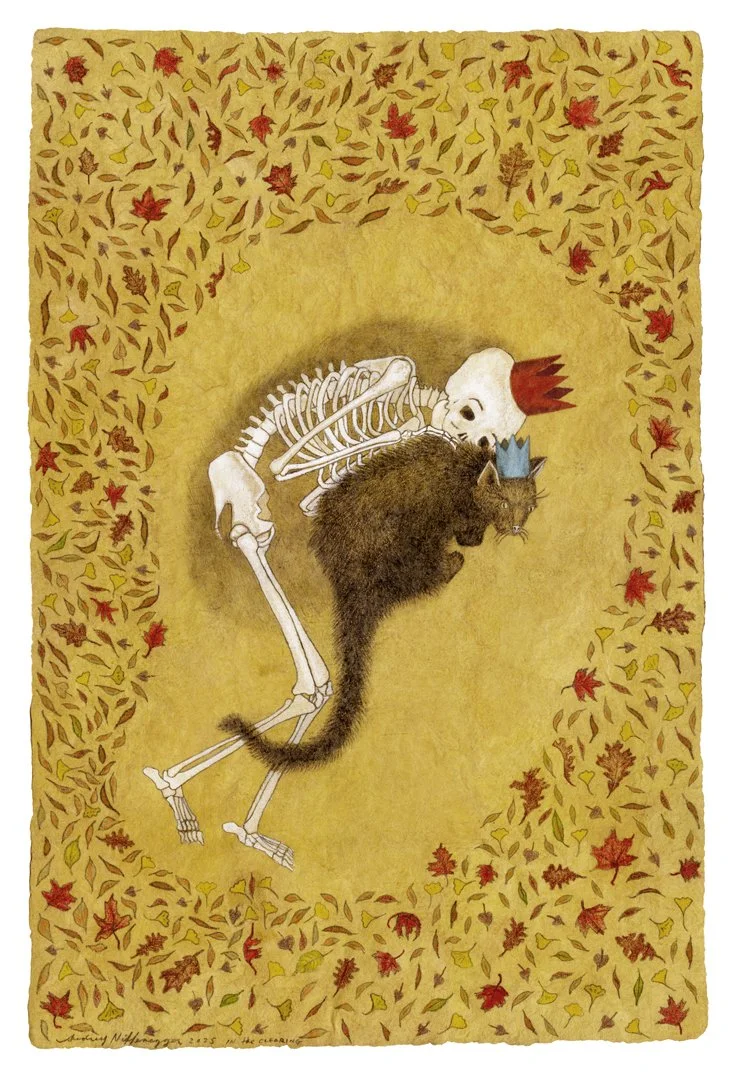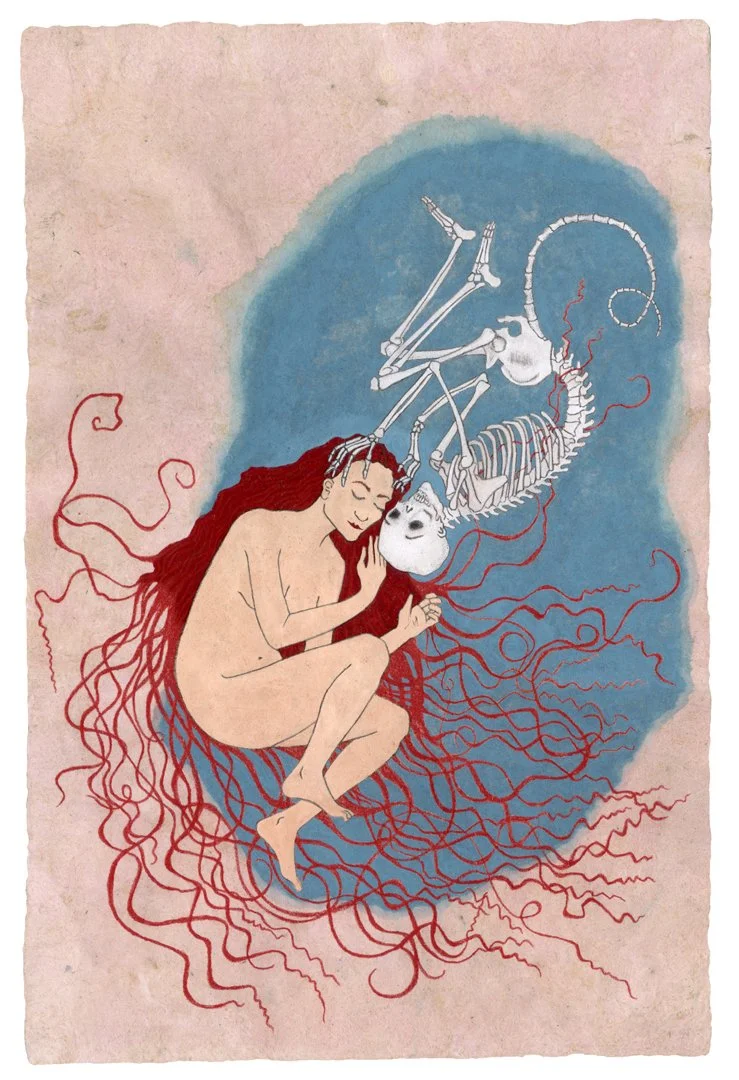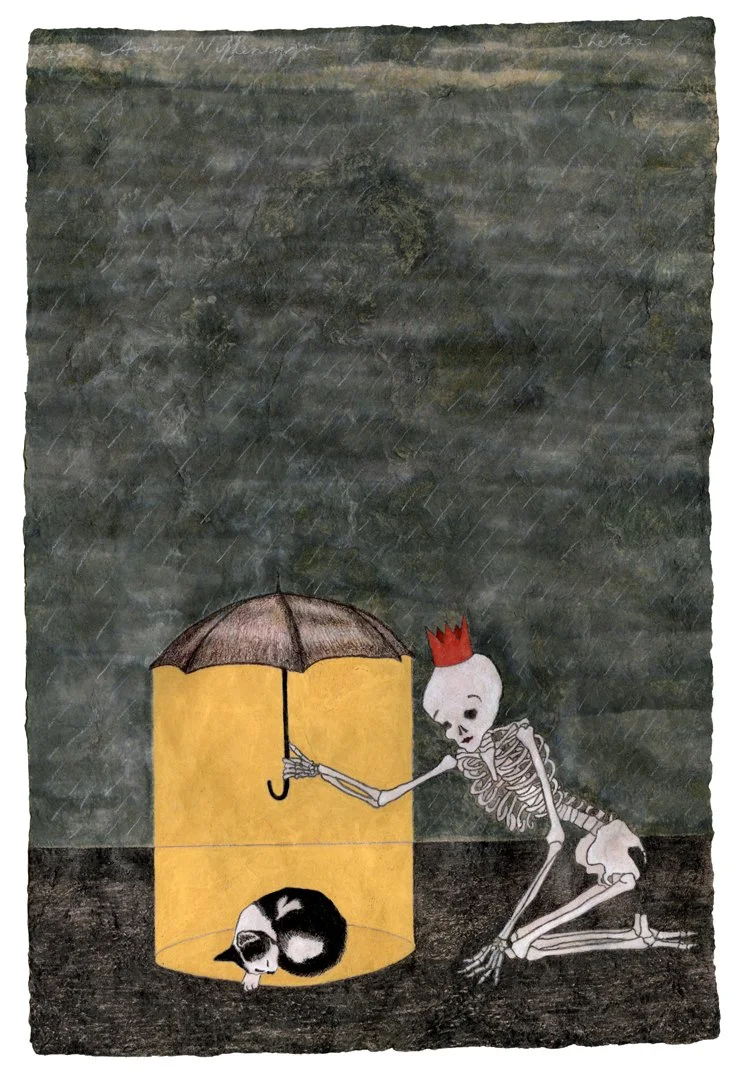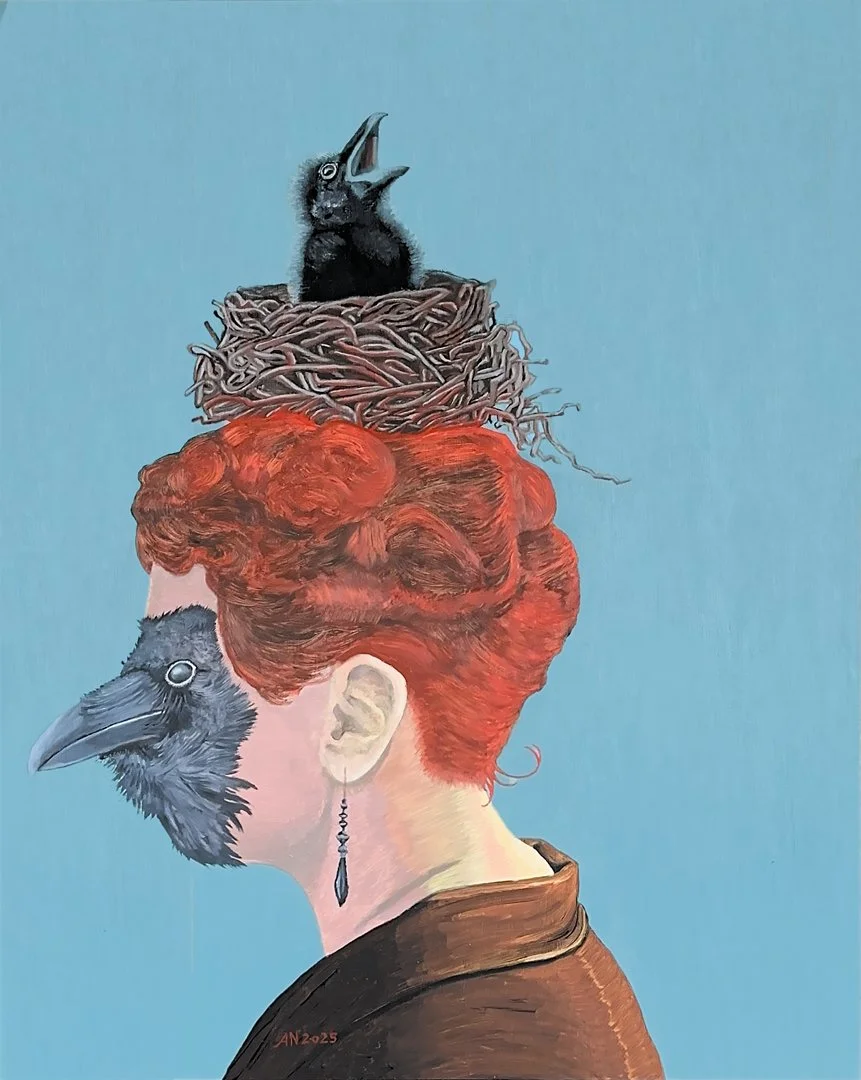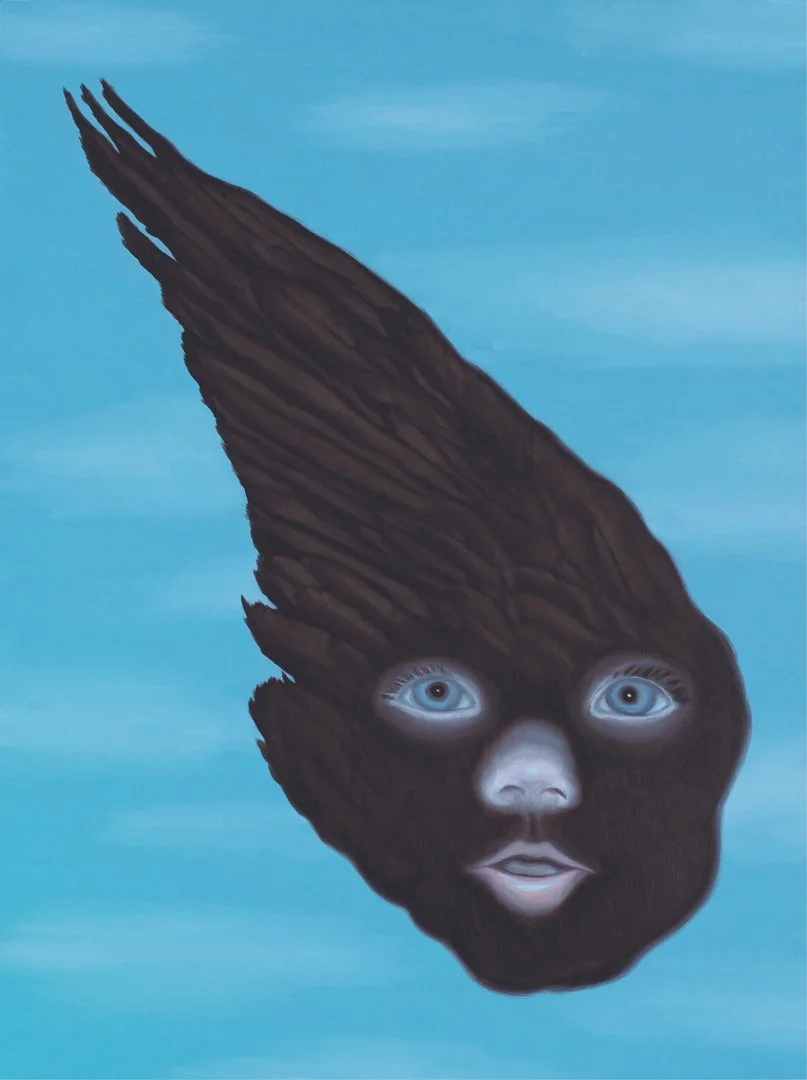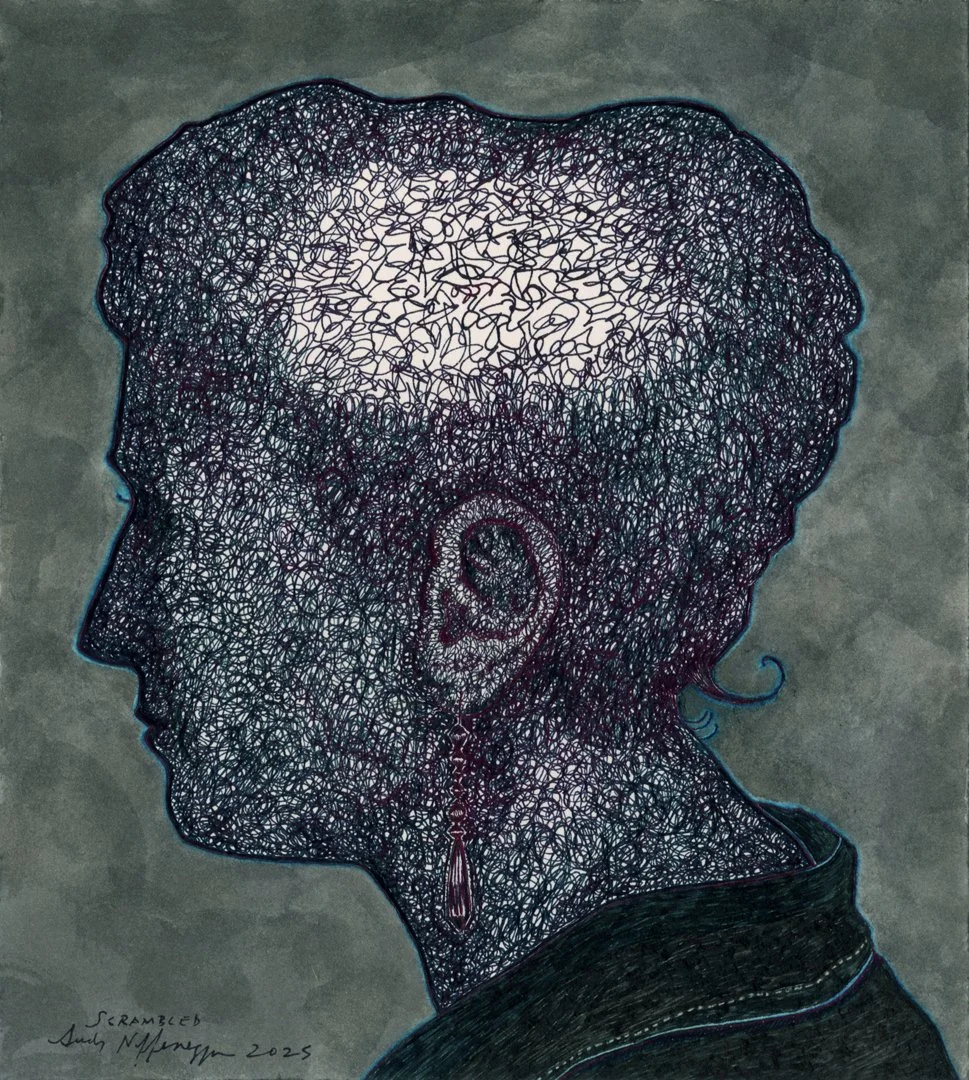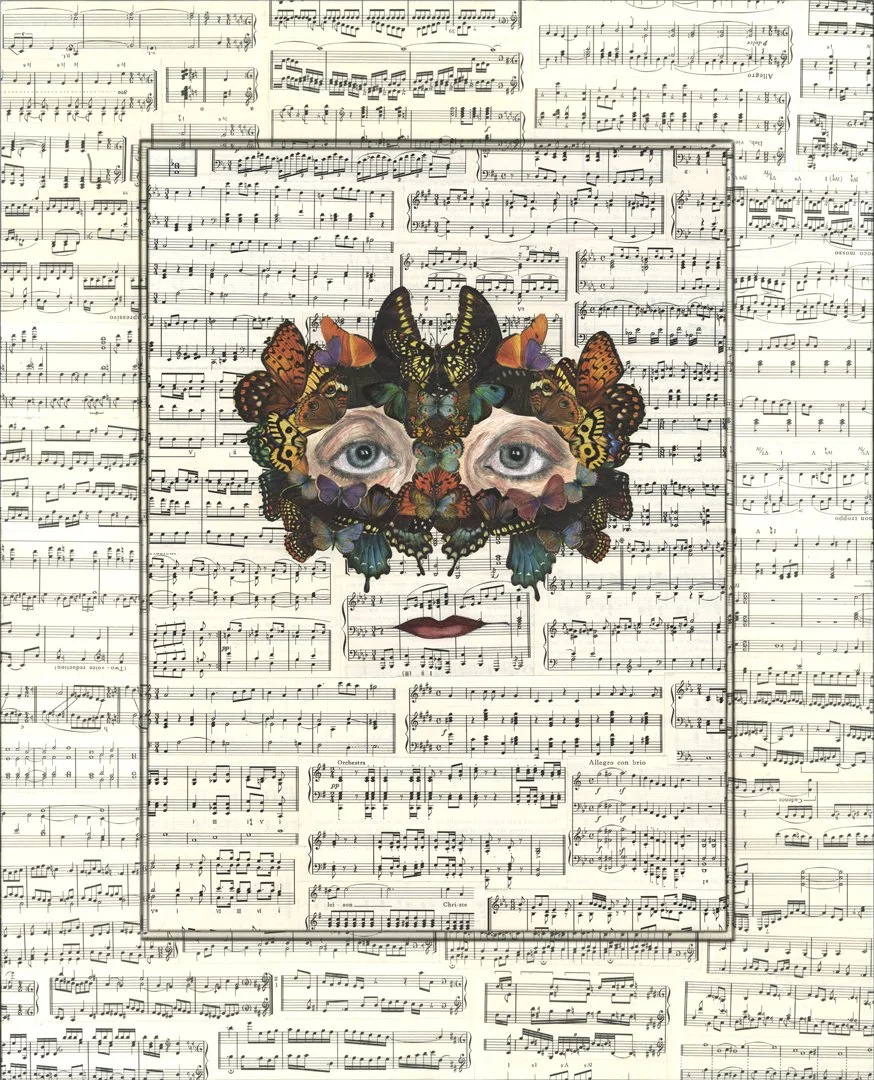September 5 - October 11, 2025
Opening reception: Friday, September 5th from 4 to 7pm
ZOLLA / LIEBERMAN GALLERY
325 W Huron St
Chicago, IL 60654
312.944.1990
info@zollalieberman.com
Featured
Graphite pencil / gouache / colored pencil on Amate paper, 19 x 13 in. – image / 22 x 16¼ in. – frame
Graphite pencil / gouache on Amate paper, 19 x 13 in. – image / 22 x 16¼ in. – frame
Graphite pencil / ink / gouache / colored pencil on Amate paper, 19 x 13 in. – image / 22 x 16¼ in. – frame
Mixed media - linoleum relief print on Gampi tissue and silk organza with embroidery, 91½ x 44¾ in. – image / 96½ x 49¾ in. – frame
Graphite pencil / collage on archival rag mat board, 25 x 18¾ in. – image / 27 x 20¾ in. – frame
